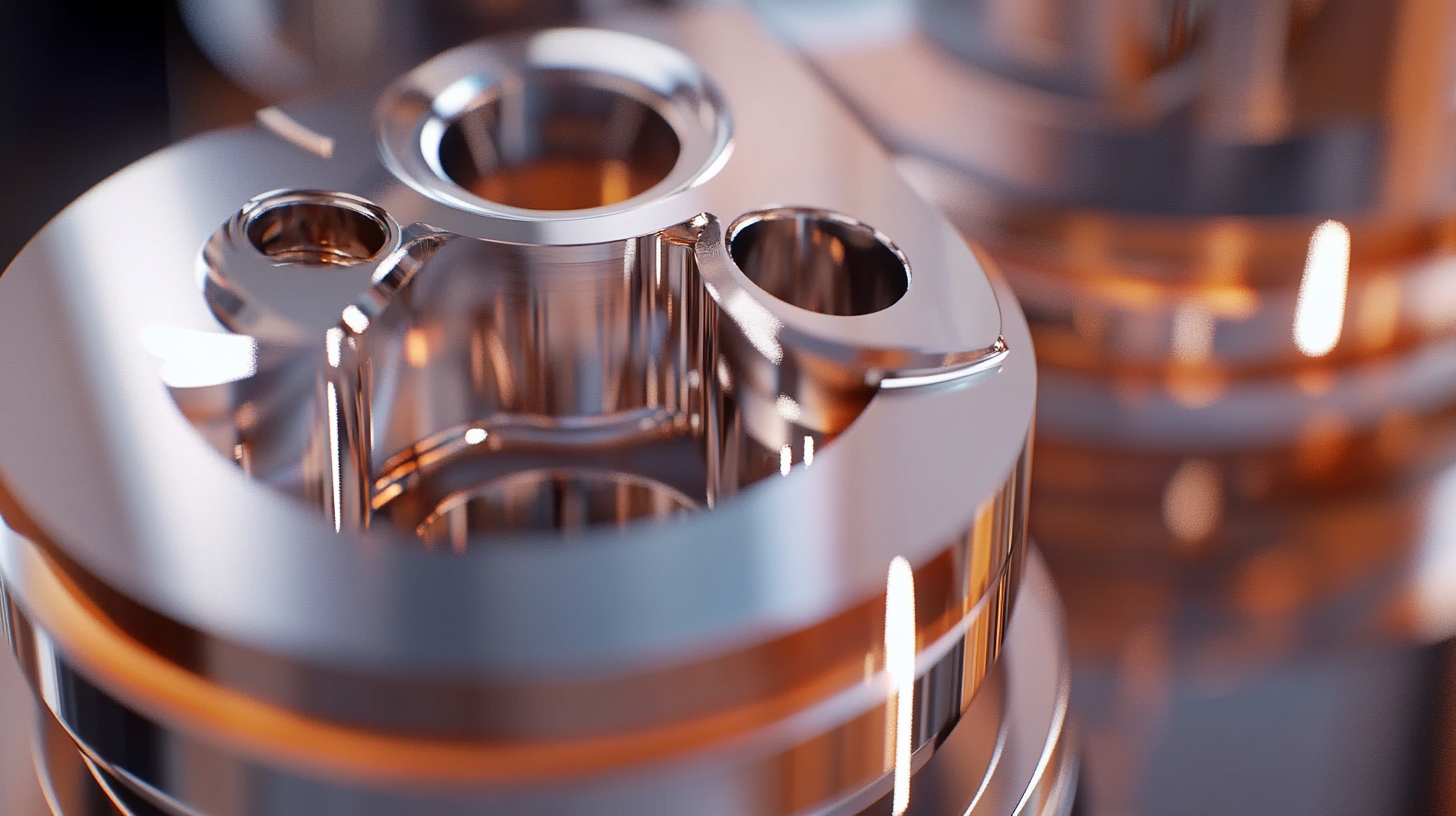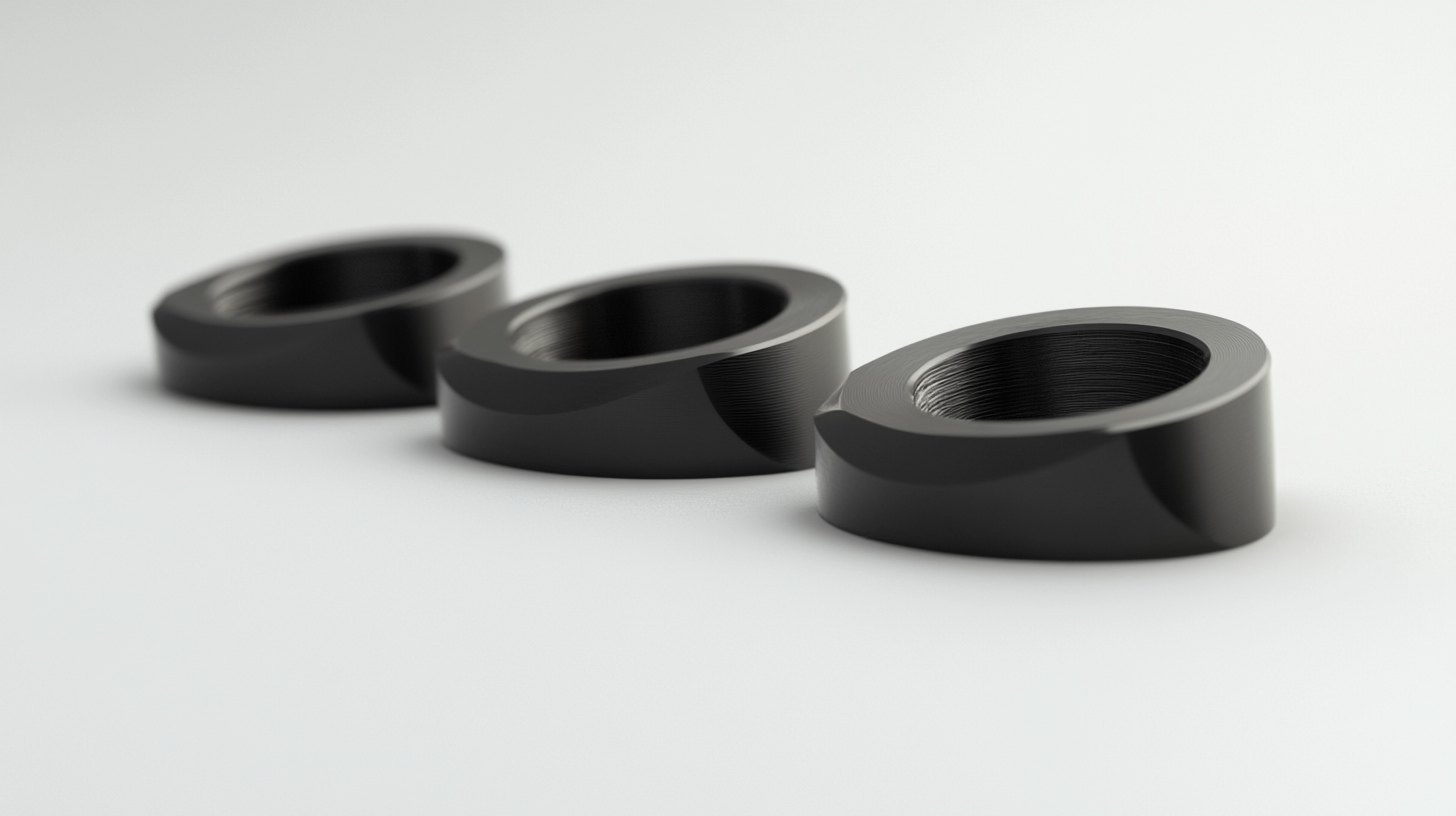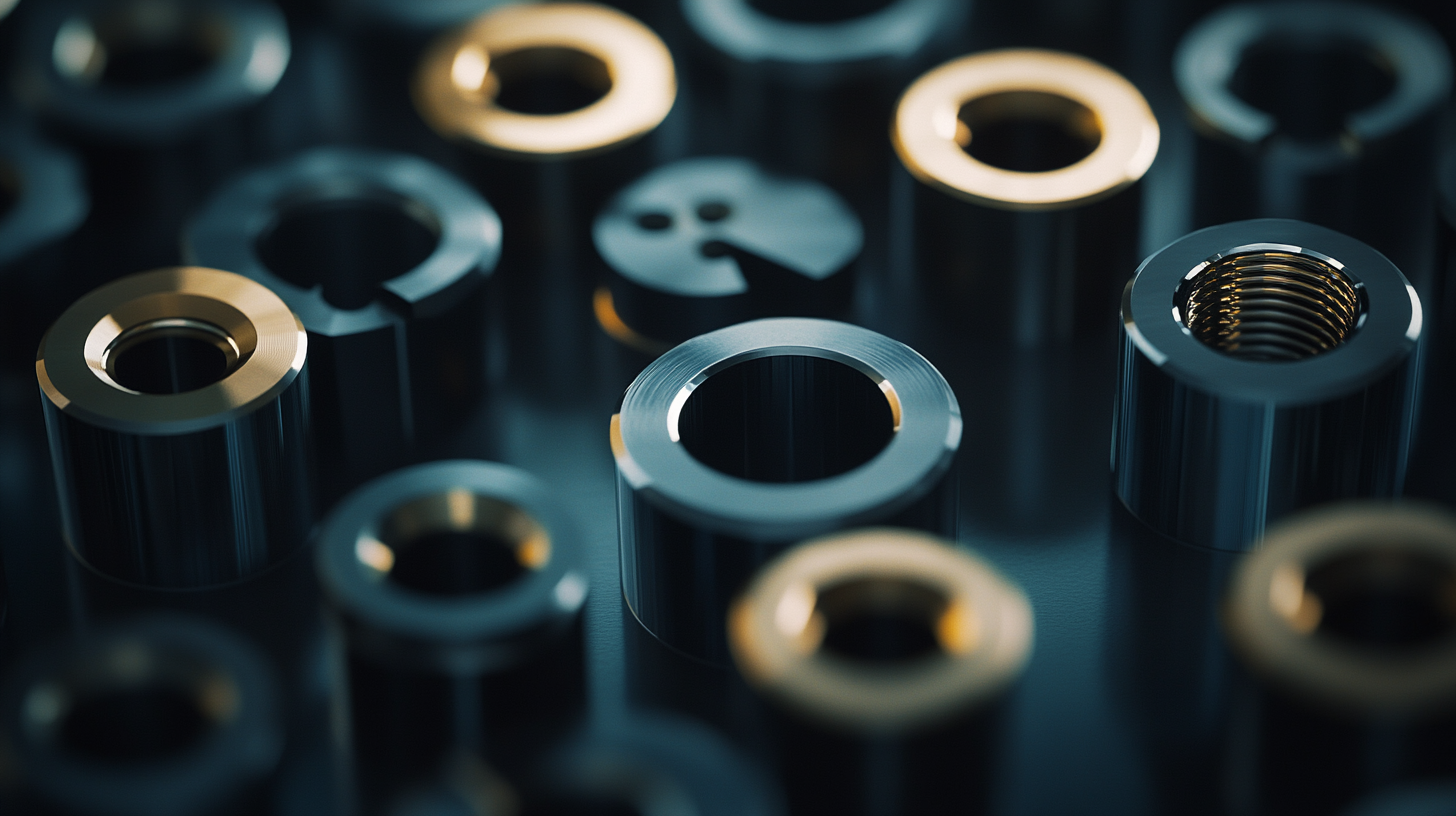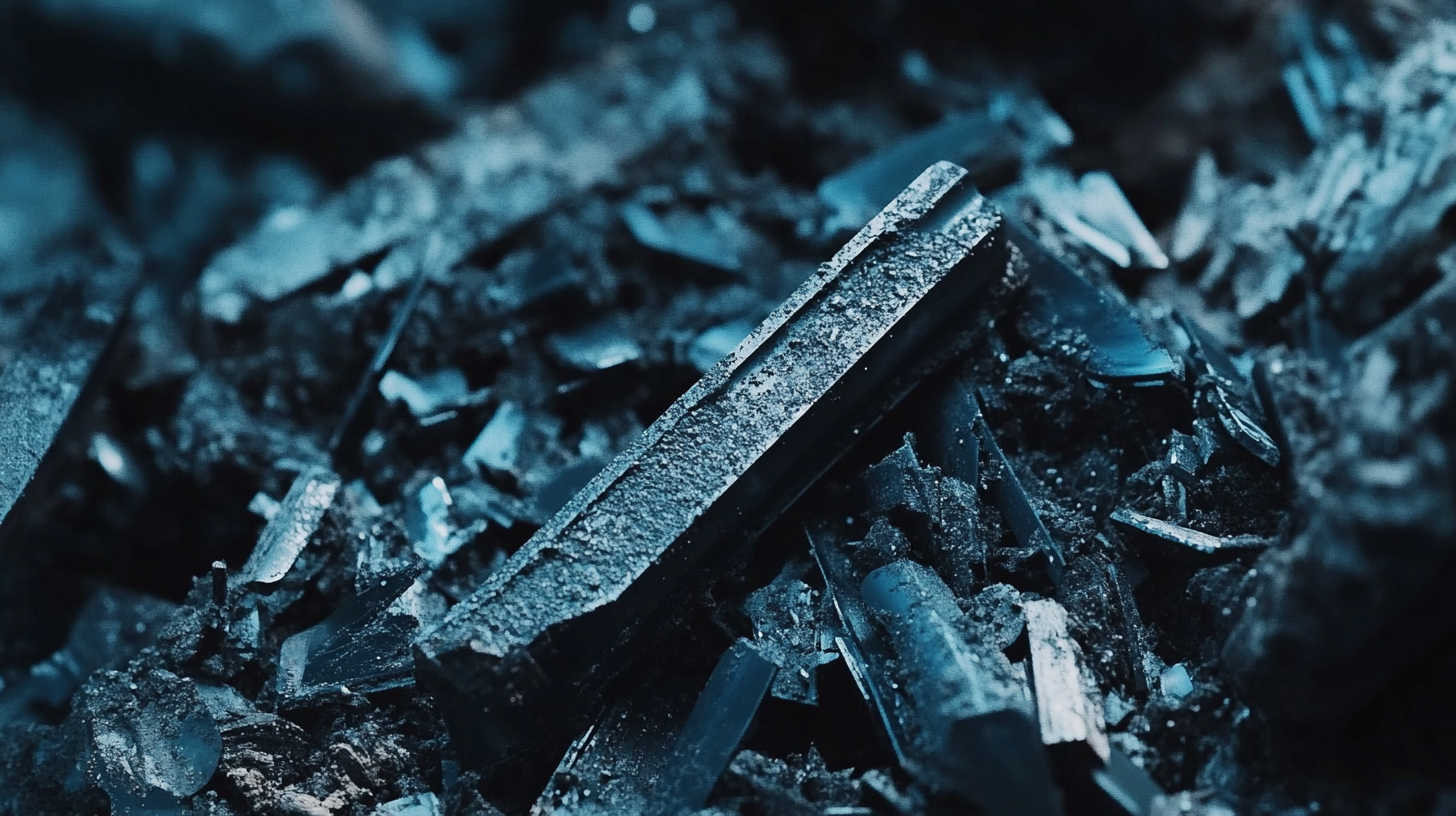SUNDI TOOLS
- Copyright © Wuxi Sundi Precision Tools Co.,LTD All rights reserved.
- Site Map
In the world of machining, the choice of cutting tools can significantly influence the efficiency and precision of manufacturing processes. One such essential tool is the carbide insert, renowned for its durability and versatility. Carbide inserts are pivotal in various machining operations, including turning, milling, and drilling. Their unique features, such as superior hardness and resistance to wear, make them an invaluable asset in modern manufacturing. However, with a plethora of options available, selecting the right carbide insert for specific applications can be a daunting task.
Understanding the unique characteristics of carbide inserts is crucial for optimizing machining operations. Factors such as insert geometry, coating types, and grade specifications play a significant role in determining their effectiveness for particular materials and cutting conditions. This blog will delve into the distinctive features of carbide inserts, providing insight into how they function and why they are favored in the industry. Furthermore, we will guide you through the decision-making process, equipping you with the necessary knowledge to select the ideal carbide insert tailored to your machining needs.

Carbide inserts play a crucial role in the machining industry, particularly when working with high-strength materials like AISI 4340 and Inconel 718. Understanding their composition and benefits is essential for selecting the right insert for specific applications. Carbide inserts are typically made of tungsten carbide, often combined with other elements to enhance their properties, such as cobalt for toughness and heat resistance. For example, the performance of cutting tools in high-speed milling of AISI 4340 steel has been significantly improved by utilizing CVD Al2O3/TiCN coated carbide tools, showcasing their effectiveness in managing cutting forces. When considering the right carbide insert, it’s important to analyze the specific cutting task. The experimental study on dry hard turning of AISI H11 steel treated at 50 HRC highlights the varying tool life of different cutting materials. Select insert materials that suit the hardness and toughness of the workpiece to optimize cutting performance. Also, materials like Stellite 6 alloys are gaining popularity due to their superior mechanical properties. Their composition leads to enhanced wear resistance and fracture toughness, making them ideal for demanding machining tasks. The choice of the right carbide insert isn’t just about material composition; it's also about the coating. Inserts designed with PVD coatings, such as TiAlN, are preferred for certain applications due to their improved durability and oxidation resistance. These selections impact machining efficiency, tool longevity, and the overall quality of the finished product, marking the importance of a well-informed choice in carbide inserts for maximizing productivity in modern machining processes.

Carbide inserts play a pivotal role in modern machining processes, offering enhanced durability and precision compared to traditional tooling materials. Among the various types of carbide inserts, a few key categories stand out for their specific applications: standard, niche, and advanced geometries. Standard inserts, like the CBN (Cubic Boron Nitride) and PCD (Polycrystalline Diamond), are widely utilized for general machining tasks. According to a recent report by Allied Market Research, the global market for carbide tools, including inserts, is expected to reach $23.14 billion by 2027, demonstrating a significant demand across various industries.
Niche carbide inserts, such as those designed for turning, milling, and drilling, cater to specialized applications. For example, the use of ceramic-coated carbide inserts can provide increased wear resistance and enhanced cutting capabilities when machining tough materials like titanium and high-temperature alloys. The International Journal of Advanced Manufacturing Technology noted that the incorporation of these advanced inserts can lead to an increase in tool life by up to 50%, enhancing productivity and reducing downtime.
Advanced geometries in carbide inserts, such as positive rake angles and edge preparation, can significantly affect cutting performance. Inserts with a sharp cutting edge are ideal for finish machining, delivering superior surface quality. In-depth analysis from the Journal of Manufacturing Processes highlights that optimizing insert geometry not only improves material removal rates but also enhances tool efficiency, leading to cost savings in the long run. When selecting the right carbide insert, understanding these diverse types and their specialized functions is crucial for maximizing performance in any machining application.

When selecting carbide inserts for your machining needs, understanding the various factors that influence performance is crucial. Firstly, the geometry of the insert plays a significant role in cutting efficiency and surface finish. Different shapes and chip breaker designs can affect how chips are formed and expelled during the machining process. For instance, inserts with optimized chip breaker geometries can minimize cutting forces and influence chip shape, which ultimately impacts tool life and the quality of the workpiece.
Another important consideration is the material composition of the carbide inserts. Uncoated and coated options provide varying levels of wear resistance and thermal stability. While uncoated inserts may be suitable for specific applications, coated inserts often excel in high-speed and high-temperature machining environments due to their enhanced durability. Evaluating the specific requirements of your machining project, such as material type and cutting conditions, can guide you toward the right choice.
Additionally, the application of design methodologies, such as the Taguchi technique, can further optimize insert selection. This multi-stage process enables manufacturers to systematically evaluate different parameters, thus facilitating a selection that balances performance, cost, and longevity. By carefully considering these factors—geometry, material, and design optimization—you can ensure that the carbide inserts you choose align perfectly with your machining objectives and domain requirements.

When selecting carbide inserts for machining applications, one critical consideration is whether to choose coated or uncoated inserts. Coated carbide inserts, typically coated with materials such as titanium aluminum nitride, offer enhanced performance in terms of tool life and quality of finished parts. Recent performance evaluations have shown that these coated inserts excel in reducing cutting forces and improving surface finish when employed at elevated cutting speeds compared to their uncoated counterparts.
Uncoated carbide inserts, while generally more cost-effective, may perform adequately for less demanding applications. However, they can be less effective at higher speeds, where increased temperatures at the chip-tool interface can lead to rapid wear. Experimental setups utilizing thermal cameras have highlighted that most mechanical energy during cutting is transformed into heat, affecting tool performance and life. It’s crucial for machinists to consider these factors when deciding which type of insert aligns with their operational requirements.
In summary, the choice between coated and uncoated carbide inserts revolves around the specific needs of the machining process. Those dealing with tough materials or high-speed operations should lean towards coated inserts for optimal performance, while those with less stringent requirements may find uncoated options satisfactory. Understanding these differences can lead to better decision-making and improved machining outcomes.
Carbide inserts are critical components in machining processes, providing enhanced durability and cutting performance. To fully leverage their capabilities, consistent maintenance is essential. According to the latest report from the Cutting Tool Market Insights, well-maintained carbide inserts can increase tool life by up to 50%, thereby reducing downtime and production costs.
One of the most effective maintenance strategies is regular cleaning. Built-up chips and debris can negatively impact the cutting edge and thermal properties of the inserts. Using a soft brush or ultrasonic cleaning method can effectively remove contaminants without damaging the inserts. The International Journal of Advanced Manufacturing Technology suggests that proper cleaning not only extends tool life but also ensures precise machining by maintaining consistent cutting parameters.
Additionally, inspecting inserts for wear and potential damage should be a routine practice. Early identification of issues such as chipping or dullness can prevent more severe problems and ensure optimal performance. A study highlighted in the Journal of Manufacturing Processes indicates that timely replacement of worn inserts can lead to a productivity boost of up to 30% on the shop floor. By implementing these maintenance tips, operators can ensure that their carbide inserts operate efficiently and contribute to overall manufacturing productivity.